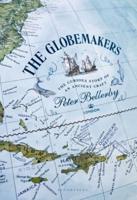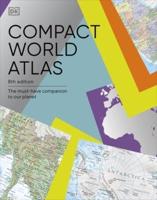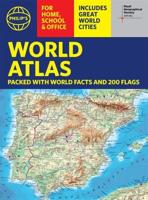Publisher's Synopsis
The island of Trinidad straddles the easternmost part of the boundary between of the Caribbean and South American tectonic plates, where a virtually complete middle Cretaceous to Miocene succession of deep-sea deposits has been uplifted and exposed. This succession attracted the attention of geologists and palaeontologists as early as the mid-19th century, interest being driven by the island's rich hydrocarbon resources. To clarify our knowledge of the palaeogeography and the oceanic conditions of the SE Caribbean Sea and adjacent tropical Atlantic Ocean during the Early to Middle Miocene (Aquitanian-Serravallian), this study compiles the results of numerous recent research projects that have been completed on various coeval exposures from the Cipero, Nariva, Brasso, Cunapo and now-obsolete Tamana and Concord Formations. Comparison with earlier work demonstrates how this recent research, with its advances in micropalaeontology and stratigraphy, has shed new light on plate tectonically-induced changes in palaeoceanography and palaeobathymetry. The Early to Middle Miocene Cipero Formation, deposited at palaeodepths > 1200 m, is an archetypal Globigerina ooze and the type formation for many planktonic foraminiferal species. Bottom water at this palaeodepth was generally toxic, flowed sluggishly and was cool. One exposure, however, has yielded samples rich in Planulina wuellerstorfi, which indicates more vigorous circulation. The palaeogeographic extent of this strong current is not yet known. The Herrera Sandstone Member, deposited near the top of the Cipero Formation, is a diachronous deep-sea fan complex. Northwest of this Cipero Basin, the seafloor rose steeply to a coastline closely bordered by mountains. These mountains were the provenance area for the fine, inky blue-grey clays of the Brasso Formation and the coarse clastics of the Cunapo Formation, both deposited on a tectonically active, undulating but narrow shelf that ranged from inner neritic to middle bathyal palaeodepths. Oxygen starved water, induced by coastal upwelling, locally reached the shelf and slope, as recorded by two intervals deposited in an oxygen minimum zone. Episodes of carbonate deposition dominated by shallow water fauna interdigitate with clays and sandstones, and mark areas or periods of clastic sediment starvation. Some large limestone blocks, limestones clasts, coals, clays and sandstones spalled off the shelf and towards and onto the deep Cipero Basin's floor. In transit, they were occasionally trapped on the palaeo-slope and deposited as the largely non-calcareous, middle to lower bathyal Nariva Formation. These Nariva Formation clays contain a preserved foraminiferal association that is mostly agglutinated and dilute, and thus very different from the rich calcareous assemblages in the adjacent facies belts. Nariva Formation clays in places contained a richer assemblage that was apparently associated with palaeo-hydrothermal activity. This hydrothermal bottom water might have dissolved the calcareous foraminifera, the calcium carbonate being precipitated as the formation's abundant gypsum, which as an early cement in the sandstones formed concretions and formed euhedral crystals dispersed through the clays.









